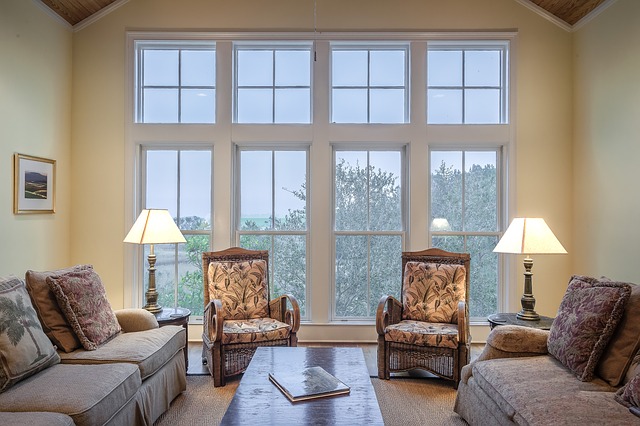What would you think about not having to clean up your windows ever again? If you hate home chores half as I do, here is the good news - self-cleaning windows are now a fact! Some would ask - how is that even possible? Well, it definitely is and it these type of window panes are becoming increasingly popular lately. Keep reading to find out more about how this new technology actually works and what are the benefits and drawbacks of self cleaning windows.
Self Cleaning… really?
As you could guess, self cleaning means that window panes get cleaned without you being involved. The secret is on the outer side of glass-a thin cover of titanium dioxide, a white material that is also found in toothpaste, white paints and other similar products. If you worry about this layer preventing the light from penetrating inside the room-don’t. It’s a very thin film of 10-20 nanometres which is not even visible to the human eye.
How It Works
Skip this part if you hate chemistry and physics, because they are necessary to explain the details. The process includes two stages. The first one is activation by light and the second is the hydrophilic phase (or ‘water-loving’ in plain English). Titanium dioxide is a photo-catalyst - which means it’s only triggered when a certain amount of sunshine is present. The light needed for this is ultraviolet (UV)-these are invisible rays of the sunlight spectrum, the same that help you get a sunburn in the summer. The moment UV light hits the titanium dioxide, electrons are produced. They turn the water encapsulated in air into hydroxyl radicals. Finally, these elements make the grime decompose into smaller particles which are later removed by occasional rains.
Stage two is when the rain actually occurs. And here is the magic of self cleaning glass: once rainwater lands on the surface, it spreads evenly - not forming the usual droplets. As an end result, loosened grime is easily removed when it rains and the panes dry quickly.
Benefits & Downsides
The number one advantage of self cleaning windows is the time, energy and money you’ll save over the years. Window cleaning could be really time-consuming and it may also pose a risk in case you need to use ladders. Relying on paid window cleaning services might be pricey as well. And you can simply avoid all of these troubles by implementing modern technology. Even more-as the new windows require nothing else but sun and rain, they are truly friendly to the environment. If you want to go the extra mile in terms of energy efficiency, today’s market offers you a wide range of glass thickness-from 4 to 10 mm. To make things even better, some models feature a heat-reflecting layer inside the glass sheet.
Okay, now it’s time to say a word about the negative sides of the windows. Of course, price is the leading factor to start with. Even though you’ll save a lot of money by not being charged by professional window cleaners, you still must pay about 20% more for the self cleaning type. Furthermore, titanium dioxide needs a minimum of 12-36 hours to get the energy for normal work, which can be a potential issue if you don’t enjoy regular rainfalls in your particular area. Remember: it never rains inside the rooms, so you’ll have to clean the interior surface all by yourself.
Information shared by http://www.paulswindowcleaningsydney.com.au









